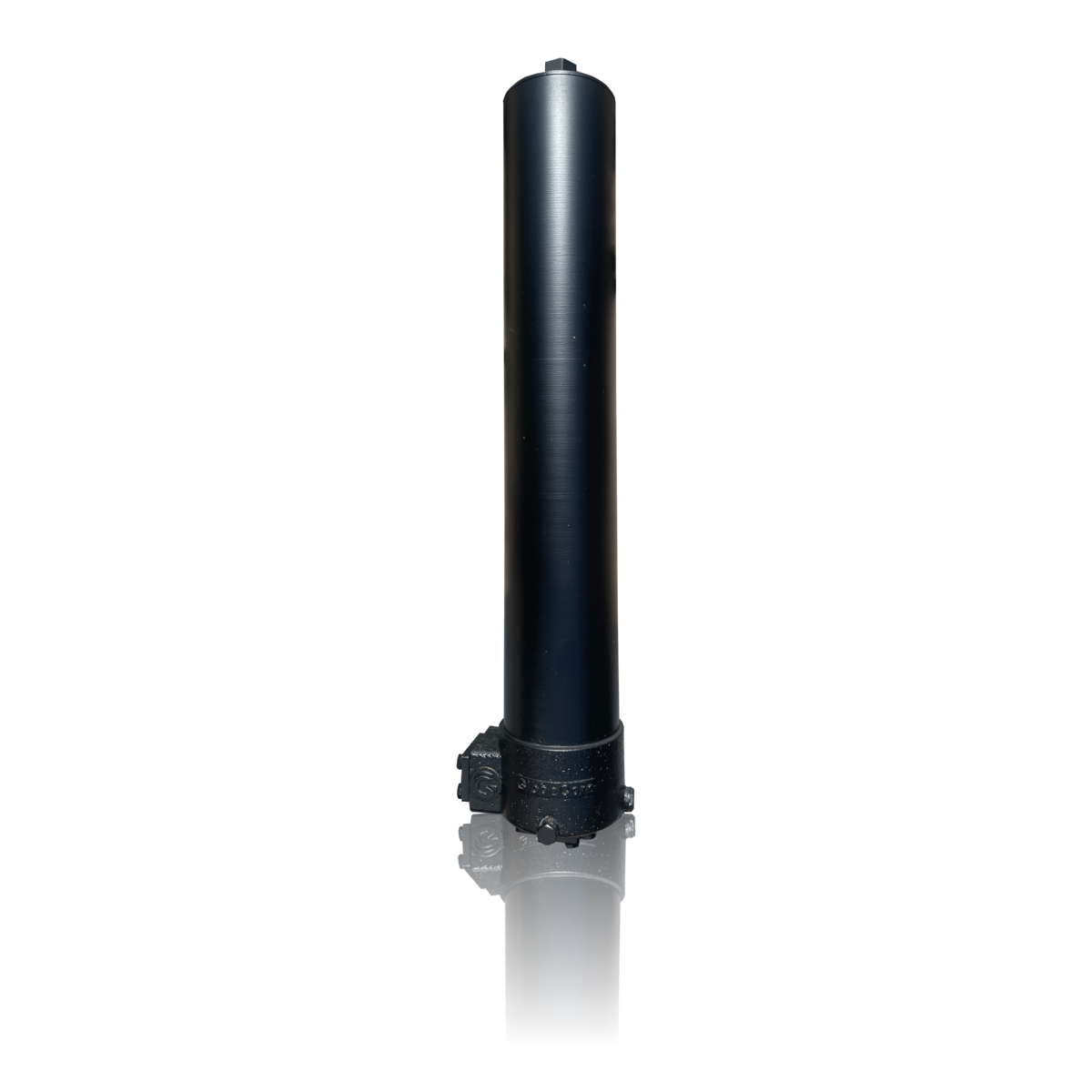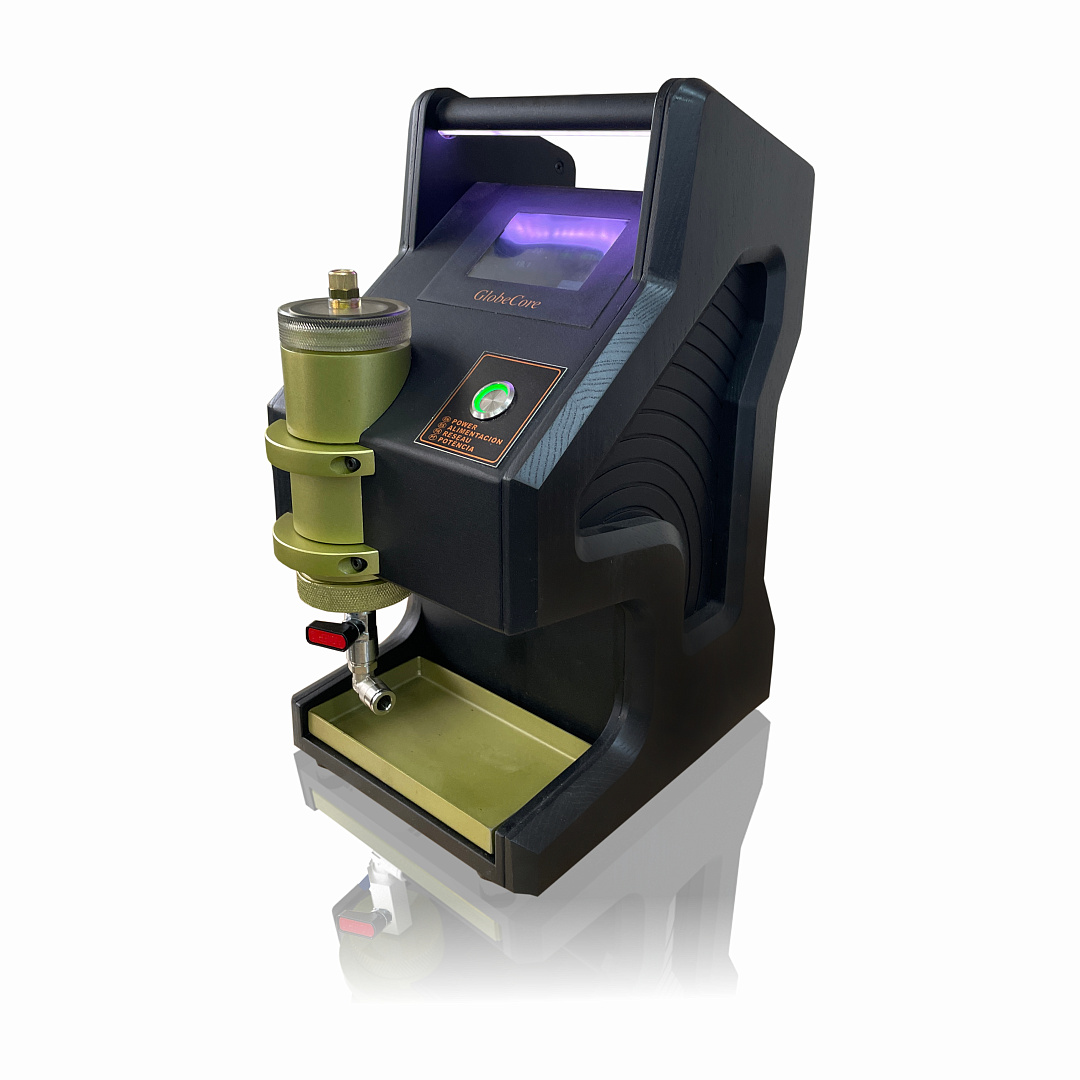What are the best practices for Diesel Fuel Purification Systems Installation?
- This topic has 1 reply, 2 voices, and was last updated 1 year, 2 months ago by .
Answers
-
October 5, 2024 at 5:20 am by David Allen
Best practices for Diesel Fuel Purification Systems Installation include thorough planning, adherence to manufacturer guidelines, and ensuring system compatibility with existing fuel infrastructure. Proper Placement is essential; the purifier should be installed close to the fuel source and engine to minimize fuel travel distance and reduce contamination risks. Correct Sizing ensures that the purification system can handle the required fuel flow rate and contamination levels without causing bottlenecks or pressure drops. Secure Mounting of components like filters, pumps, and valves prevents vibrations and leaks, ensuring system stability. Appropriate Ventilation and Cooling are necessary to maintain optimal operating temperatures and prevent overheating of purification equipment. Accurate Piping and Connections must be used to ensure leak-free and efficient fuel flow through the purifier, with proper sealing and support to avoid disruptions. Integration with Monitoring Systems allows for real-time tracking of fuel quality and system performance, facilitating automated adjustments and maintenance alerts. Compliance with Safety Standards ensures that the installation meets industry regulations, minimizing risks associated with fuel handling and purification. Testing and Calibration of the system post-installation verifies that all components function correctly and that purification processes are optimized for fuel quality. Training for Personnel on the proper operation and maintenance of the purification system ensures that best practices are followed, maintaining system integrity and performance over time. By following these best practices, Diesel Fuel Purification Systems can be installed effectively, ensuring reliable fuel quality and protecting engine health.



